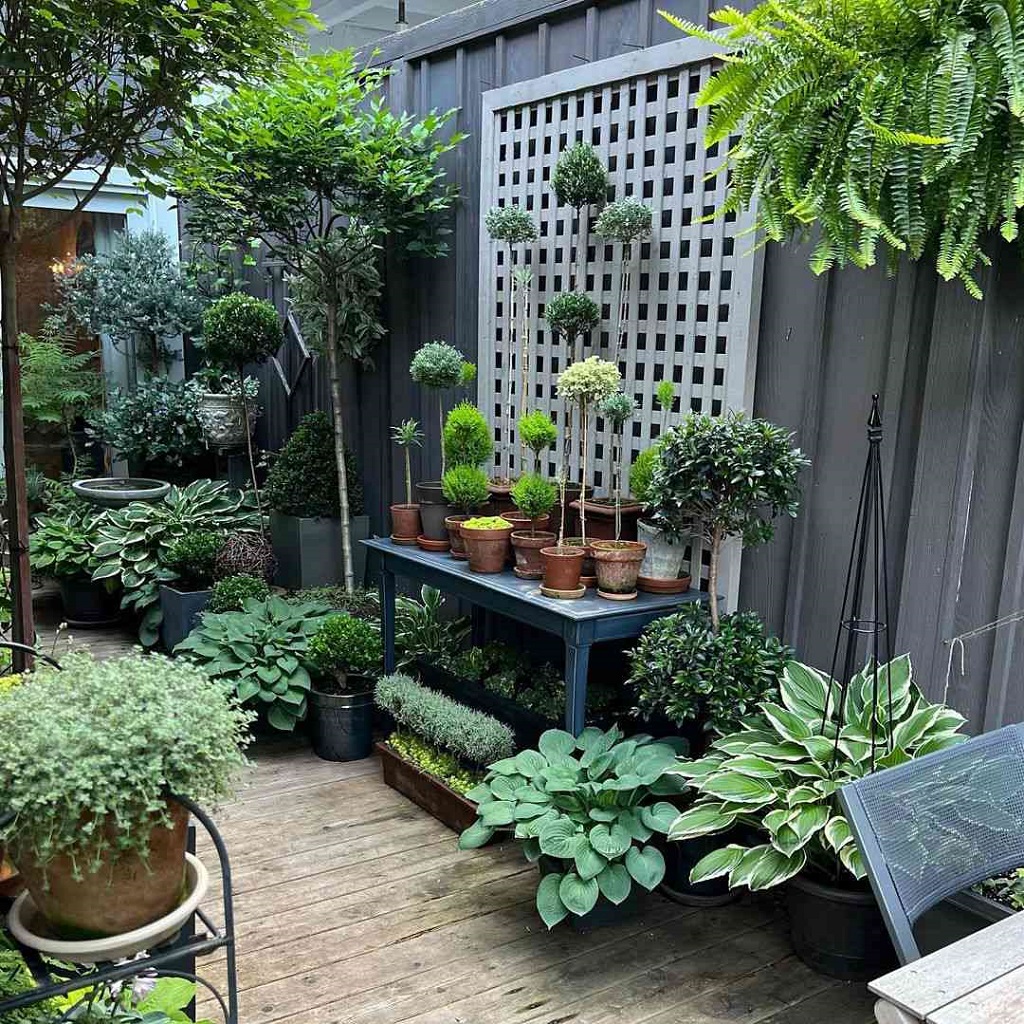Container gardening offers a flexible, versatile, and often elegant solution for growing plants, whether you have a small patio, a balcony, or simply wish to add movable accents to your landscape. The ability to control growing conditions and rearrange your garden on a whim makes containers an increasingly popular choice for gardeners of all levels.
The success of your container garden hinges on a few key considerations:
- Choosing the Right Container:
- Size Matters: Select containers large enough to accommodate the plant’s mature root system. Too small, and the plant will quickly become root-bound and stressed.
- Material: Options include terracotta (porous, dries faster), plastic (retains moisture, lighter), glazed ceramic (attractive, retains moisture), wood (insulating, classic look), and metal (can heat up quickly). Each has pros and cons for watering and temperature.
- Drainage: Crucially, every container must have drainage holes. Without them, roots will suffocate and rot. Add a layer of gravel or broken pot pieces at the bottom to improve drainage.
- Selecting the Proper Potting Mix:
- Do not use garden soil in containers; it compacts easily and lacks adequate drainage and aeration.
- Opt for a high-quality, lightweight potting mix specifically formulated for containers. These mixes typically contain peat moss, coir, perlite, and vermiculite to ensure excellent drainage and aeration.
- Some mixes include slow-release fertilizers, which can be convenient.
- Watering Wisely:
- Container plants generally dry out much faster than plants in the ground due to increased air circulation around the pot.
- Check soil moisture daily, especially during hot, dry, or windy weather. Water thoroughly until water drains from the bottom.
- Signs of under-watering include wilting leaves; over-watering can also cause wilting due to root rot. Always check the soil.
- Fertilizing:
- Nutrients leach out of containers more quickly with frequent watering.
- Regular feeding is essential. Use a liquid fertilizer every 2-4 weeks, or incorporate a slow-release granular fertilizer into the potting mix at planting time.
- Plant Selection:
- Almost any plant can be grown in a container if the container is appropriately sized. Consider dwarf varieties of shrubs, trees, or vegetables.
- Create “thriller, filler, spiller” combinations for visual interest: a tall central plant (thriller), mounding plants to fill space (filler), and trailing plants to spill over the edges (spiller).
Container gardening offers unparalleled flexibility to bring greenery to any space, allowing for dynamic arrangements and personalized displays that can be enjoyed up close.

Leave a Reply